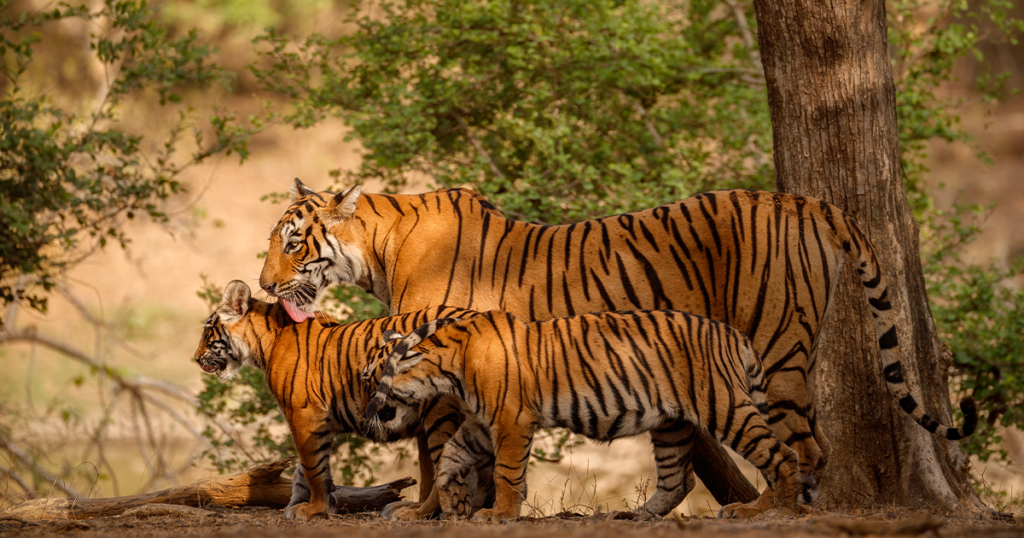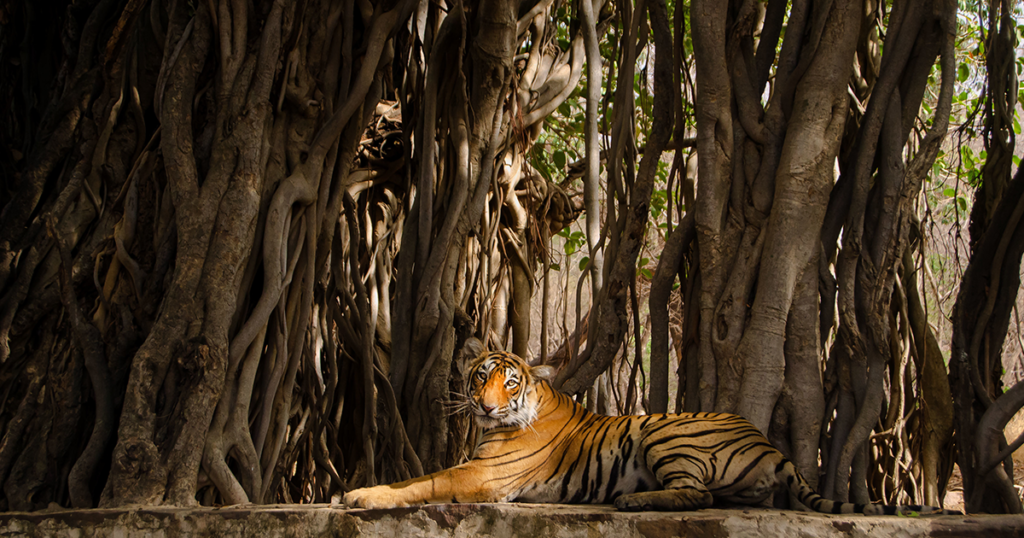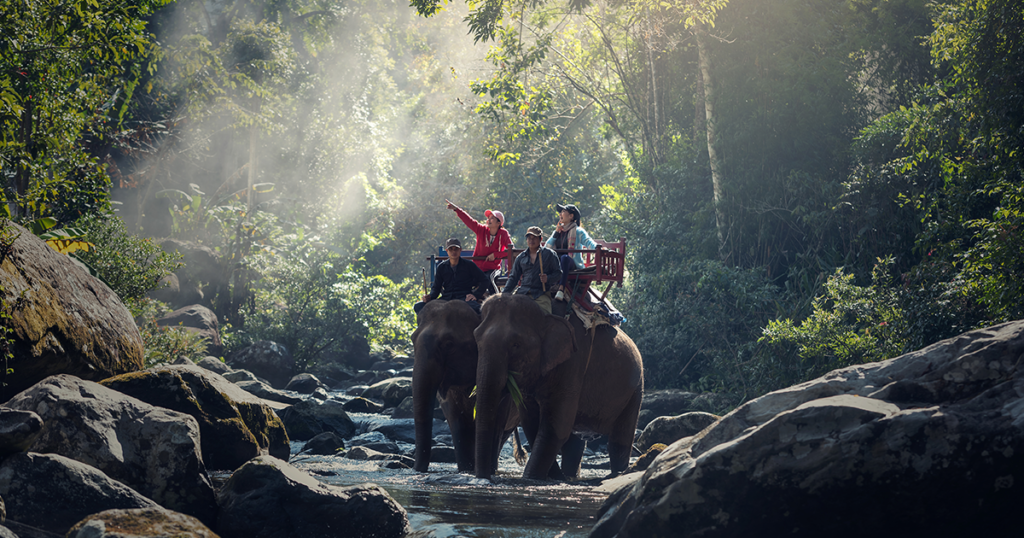Last Call: 6 National Parks to Visit in India Before Monsoon Shutdowns
As the monsoon approaches, many of India’s national parks prepare to close their gates to protect both wildlife and visitors. This seasonal shutdown, typically from mid-June to October, offers a final window for nature enthusiasts to experience the country’s rich biodiversity. Here are six must-visit national parks to explore before the rains arrive.
1. Jim Corbett National Park, Uttarakhand

Established in 1936, Jim Corbett is India’s oldest national park and a sanctuary for the majestic Bengal tiger. Nestled in the foothills of the Himalayas, the park boasts diverse flora and fauna, including elephants, leopards, and over 600 bird species. The Dhikala and Bijrani zones are particularly popular for safaris. Plan your visit before mid-June, as the park closes for the monsoon season.
2. Ranthambore National Park, Rajasthan

Located in the Sawai Madhopur district, Ranthambore is renowned for its tiger population and the historic Ranthambore Fort within its boundaries. The park’s dry deciduous forests and open grasslands make wildlife spotting relatively easier. Apart from tigers, visitors can spot leopards, sloth bears, and various bird species. The core zones close by July, so it’s advisable to plan your trip early.
3. Bandhavgarh National Park, Madhya Pradesh

Bandhavgarh boasts one of the highest tiger densities in India, making it a prime destination for wildlife enthusiasts. The park’s varied terrain includes dense forests, rocky hills, and open meadows. Besides tigers, Bandhavgarh is home to leopards, deer, and a plethora of bird species. Ensure your visit before July, as the park closes for the monsoon.
4. Kanha National Park, Madhya Pradesh

Spanning over 940 square kilometers, Kanha is known for its lush sal forests and the rare barasingha (swamp deer). The park’s well-maintained safari routes offer excellent opportunities to spot tigers, leopards, and wild dogs. Kanha’s picturesque landscapes inspired Rudyard Kipling’s “The Jungle Book.” Visit before the monsoon closure to experience its vibrant ecosystem.
5. Kaziranga National Park, Assam

A UNESCO World Heritage Site, Kaziranga is famed for housing two-thirds of the world’s one-horned rhinoceros population. The park’s floodplains and grasslands also support elephants, wild water buffalo, and swamp deer. Birdwatchers can delight in over 400 avian species. Plan your trip before the end of May, as the park typically closes by June due to flooding.
6. Dudhwa National Park, Uttar Pradesh

Situated near the India-Nepal border, Dudhwa is a lesser-known gem teeming with biodiversity. The park’s marshes, grasslands, and forests are habitats for tigers, leopards, swamp deer, and over 450 bird species. Its relative seclusion offers a tranquil safari experience. Ensure your visit before mid-June, as the park closes for the monsoon season.
Tips for Planning Your Visit
- Book Early: Safari slots and accommodations fill up quickly during this peak period.
- Check Park Timings: Each park has specific opening and closing dates; verify them before planning.
- Pack Accordingly: Light clothing, insect repellent, and binoculars enhance the safari experience.
- Follow Guidelines: Adhere to park rules to ensure safety and conservation.
Conclusion
India’s national parks offer unparalleled opportunities to witness wildlife in their natural habitats. With monsoon closures imminent, now is the time to embark on a memorable safari adventure. Whether it’s the dense forests of Jim Corbett or the floodplains of Kaziranga, each park promises a unique and enriching experience.


